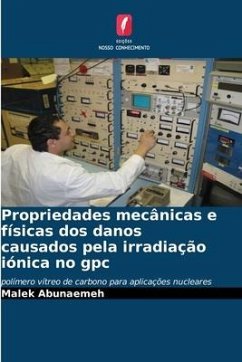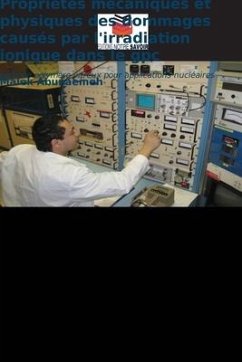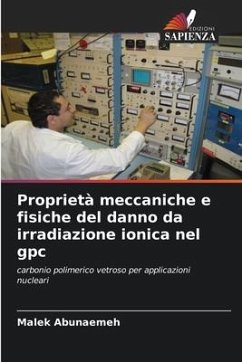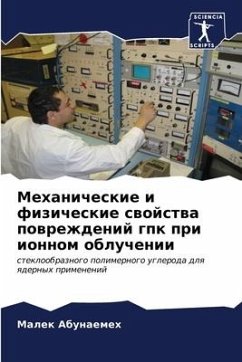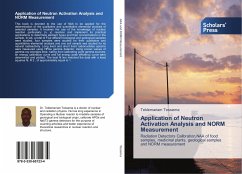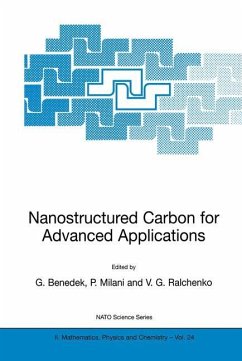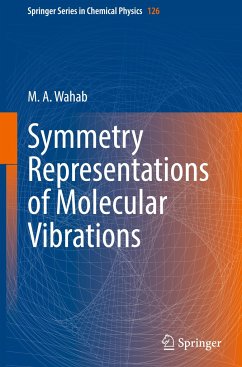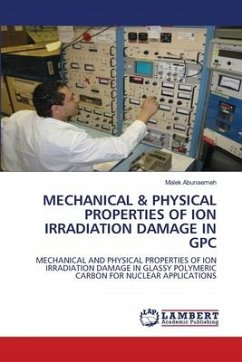
MECHANICAL & PHYSICAL PROPERTIES OF ION IRRADIATION DAMAGE IN GPC
MECHANICAL AND PHYSICAL PROPERTIES OF IONIRRADIATION DAMAGE IN GLASSY POLYMERICCARBON FOR NUCLEAR APPLICATIONS
Versandkostenfrei!
Versandfertig in 6-10 Tagen
30,99 €
inkl. MwSt.

PAYBACK Punkte
15 °P sammeln!
Tristructural isotropic fuel particles were originally developed in Germany for high-temp gas cooled reactors and it is considered as the fuel design of choice for the next generation of nuclear reactors. Its design consists of a fuel kernel of UOx coated with several layers having different functions. One of these functions is a containments shell/diffusion barrier for the fission fragments, pyrolytic carbon. This material does not offer a perfect barrier, due to its inherent crystalline structure, which is like graphite and therefore, impossible to mold in one continuous sheet around the sph...
Tristructural isotropic fuel particles were originally developed in Germany for high-temp gas cooled reactors and it is considered as the fuel design of choice for the next generation of nuclear reactors. Its design consists of a fuel kernel of UOx coated with several layers having different functions. One of these functions is a containments shell/diffusion barrier for the fission fragments, pyrolytic carbon. This material does not offer a perfect barrier, due to its inherent crystalline structure, which is like graphite and therefore, impossible to mold in one continuous sheet around the spherical fuel bead. Plane boundaries allow fragment diffusion at a much higher rate than through the plane. In this study we investigate the possibility of replacing pyrolytic carbon with GPC. We studied the evolution of their physical properties and structure as a function of the radiation environment in which they were exposed. The temperature that the samples were held during irradiation was similar to those in the core of the Generation IV nuclear reactor (~1000°C). A procedure for manufacturing GPC along with explorations of the chemical sand physical analysis before and after Irradiation.



